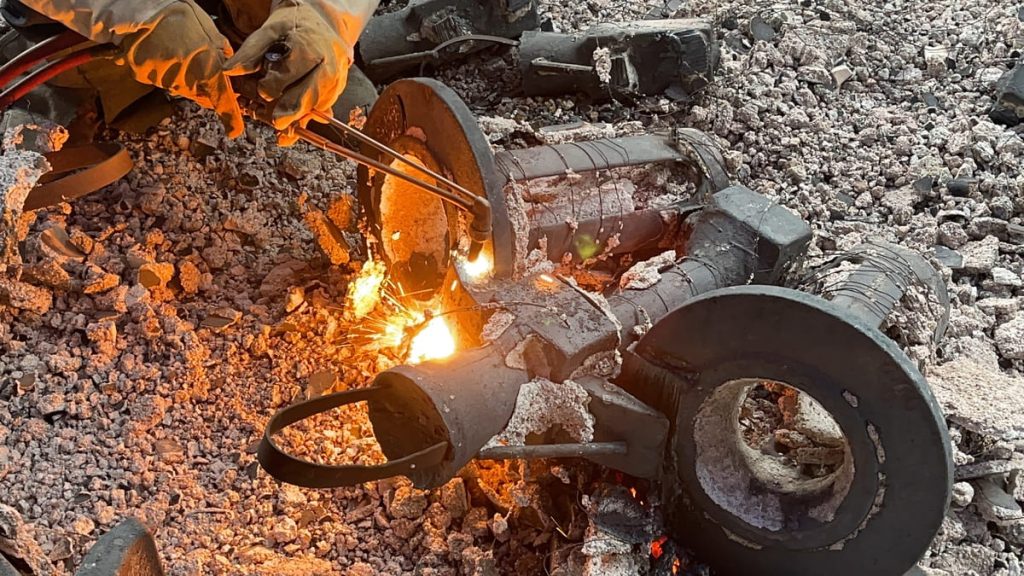
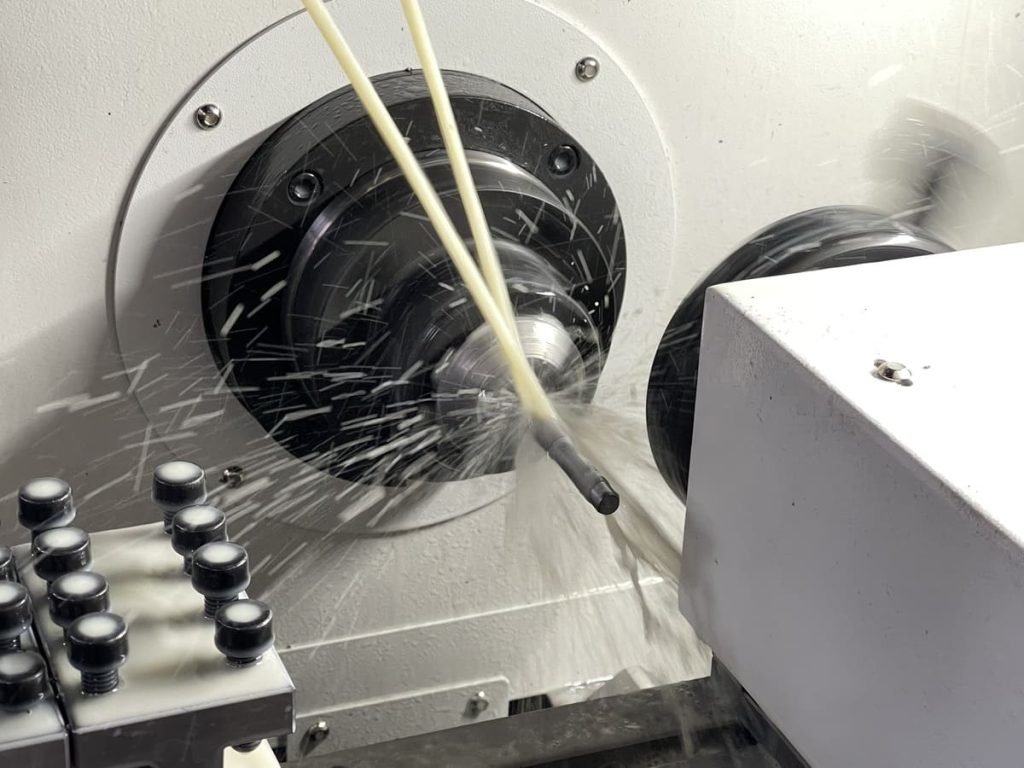
Here’s a list of the benefits of Water Glass Casting:
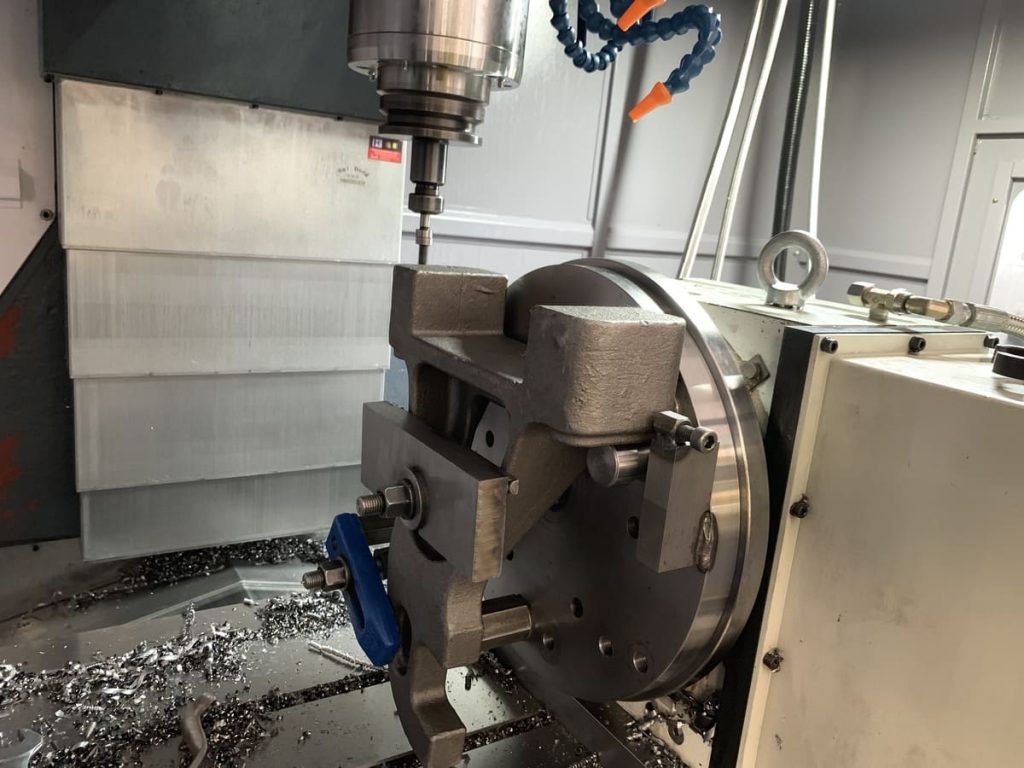
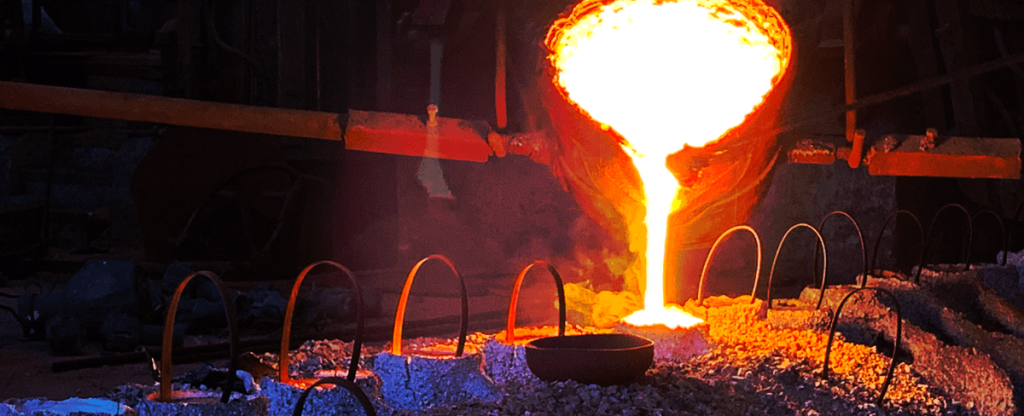
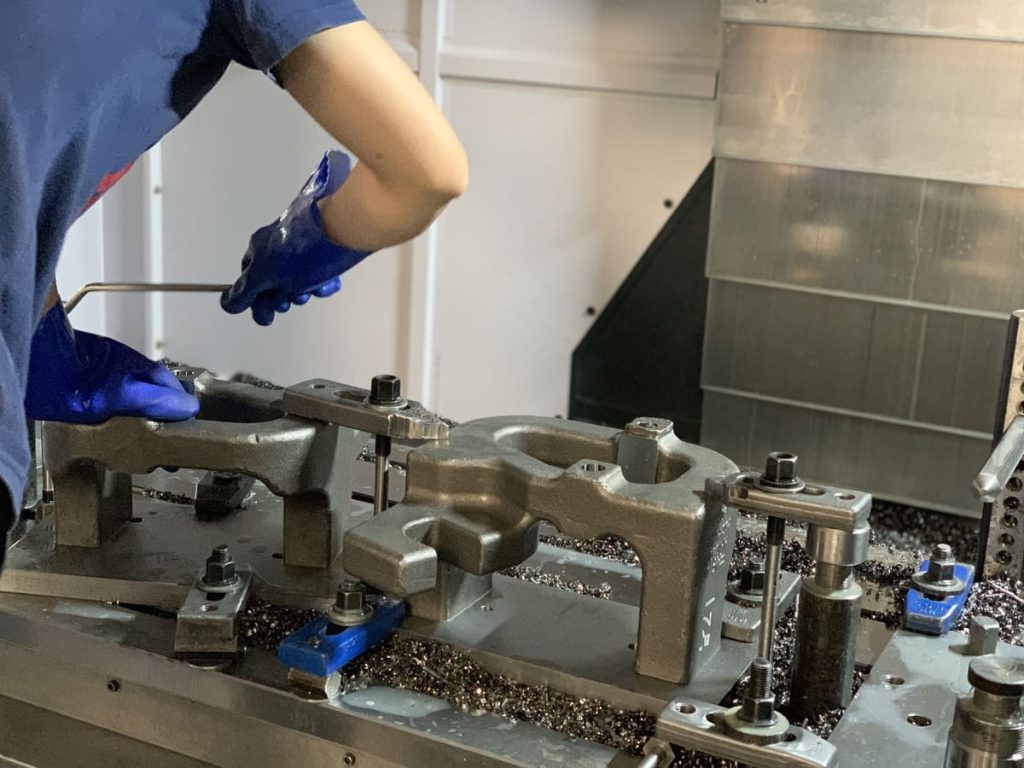
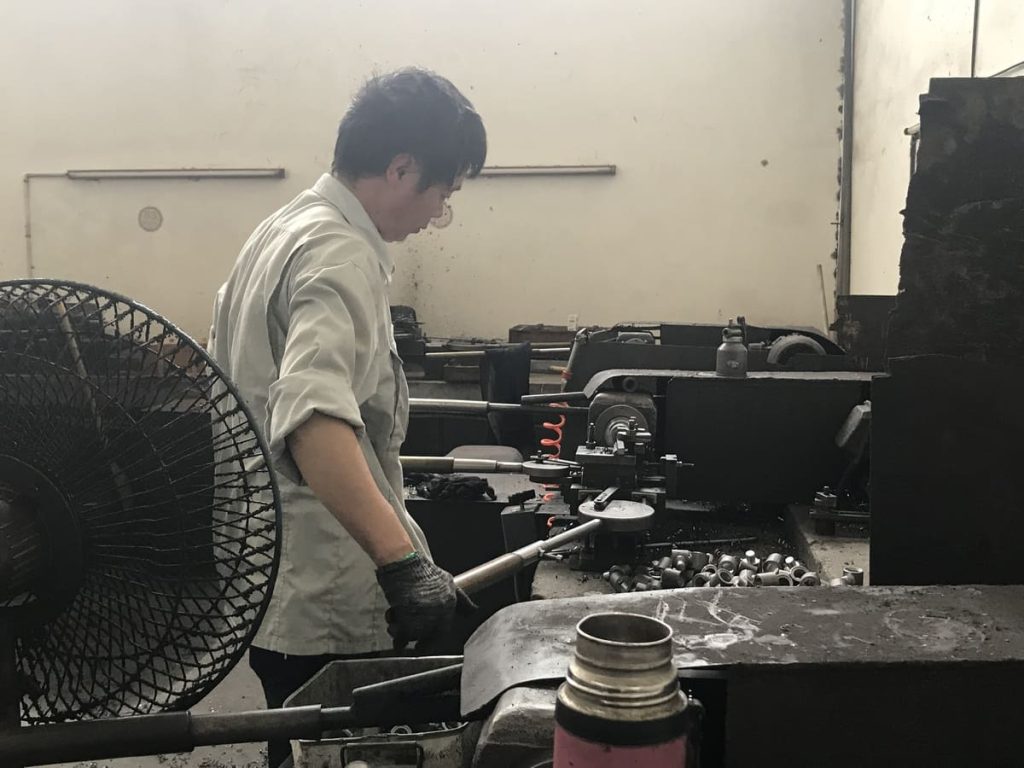
For each casting to be made, melted wax is injected into a mold to produce a wax pattern of the casting. The wax molds are constructed of Aluminum and sized to account for shrinkage in the wax and metal that are being used. Wax tooling ranges from simple two piece dies, to multi-cavity automated dies and complex dies featuring water soluble or ceramic cores.
Once the wax patterns have cooled and settled to a stable size and shape, they are mounted onto a sprue or tree. The sprue, also made of wax, contains all of the necessary gates, runners and supports to adequately feed the part during the casting process.
The wax sprue is now “invested” in ceramics to create the mold for the metal to be poured into. The ceramic consists of two parts, a liquid slurry covered with a dry sand. Each sprue is covered in multiple layers of slurry and sand until the ceramic shell is thick enough to hold up during the casting process. The shell building process usually takes 24 hours, with anywhere from 2 days to almost 2 weeks for the shells to fully dry.
Once the shell has fully dried, the wax is melted out using an autoclave to counteract the expansion of the wax. The shells are then fired to remove any remaining wax residue and cure the ceramic shell. Once the shells have been fired, they are now ready for the casting process.
Casting
The processed shells are placed back in the oven to be pre-heated prior to casting. Once the shells are at the proper temperature and the molten metal has been prepared and qualified, the shells are removed from the oven and the metal is poured into the shells.
The shell is hammered, media blasted, vibrated, waterjeted, or chemically dissolved (sometimes with liquid nitrogen) to release the casting. The sprue is cut off and recycled. The casting may then be cleaned up to remove signs of the casting process, usually by grinding.
Achieving the right balance between mold strength and ease of breakaway can be challenging. The mold needs to be strong enough to withstand the forces of the molten metal but not so strong that it is difficult to remove after casting.
Surface defects such as scabs or inclusions can occur if the mold material reacts with the molten metal or if the molding sand is not properly prepared. Ensuring a high-quality surface finish often requires additional finishing processes, increasing the overall production cost.
The use of sodium silicate and the generation of used sand molds present significant environmental challenges. Proper disposal or recycling of these materials is crucial to minimizing the environmental impact of the casting process.
Research and development efforts are ongoing to create binder systems that provide excellent mold strength and integrity while being easier to remove and more environmentally friendly.
The integration of automated systems for mold making, pouring, and quality control helps to improve consistency and reduce labor costs. Real-time monitoring and control systems ensure that each step of the process is executed with precision, resulting in higher quality castings.
Advancements in non-destructive testing and quality assurance techniques allow for thorough inspection of the final parts, ensuring they meet all required specifications and quality standards.
Water Glass Casting is extensively used to produce engine components, transmission parts, and other critical automotive components. The process’s ability to handle large parts and complex geometries makes it ideal for this sector.
Large components for agricultural machinery, construction equipment, and industrial machines are often produced using Water Glass Casting, benefiting from the process’s cost-effectiveness and capability to produce robust parts.
Components for trains, tracks, and other railway infrastructure are frequently manufactured using this casting process, taking advantage of its ability to handle large, complex parts.
The process is well-suited for producing large valves and pumps used in various industries, providing the required strength and durability.
Water Glass Casting finds applications across a broad spectrum of industries, producing components for machinery, equipment, and structures that require strong, durable parts.
